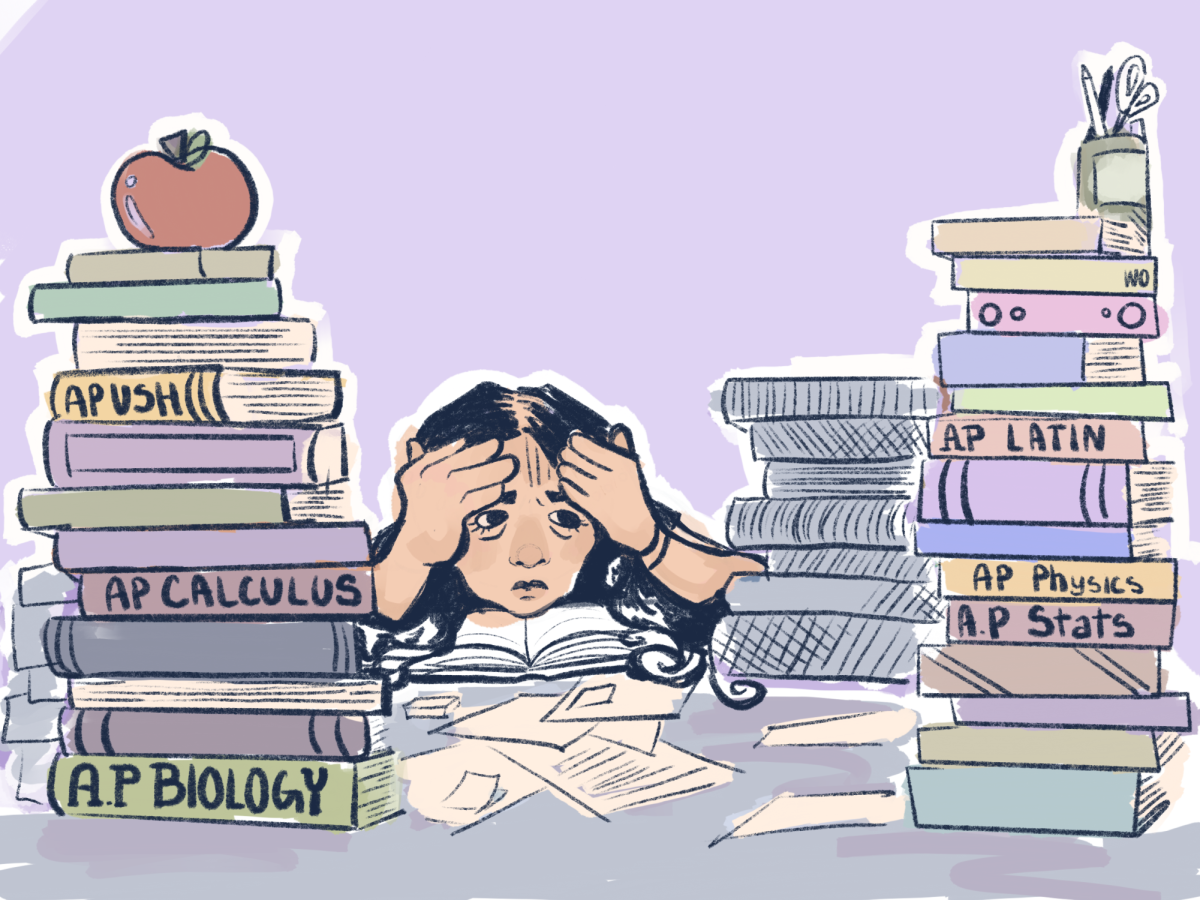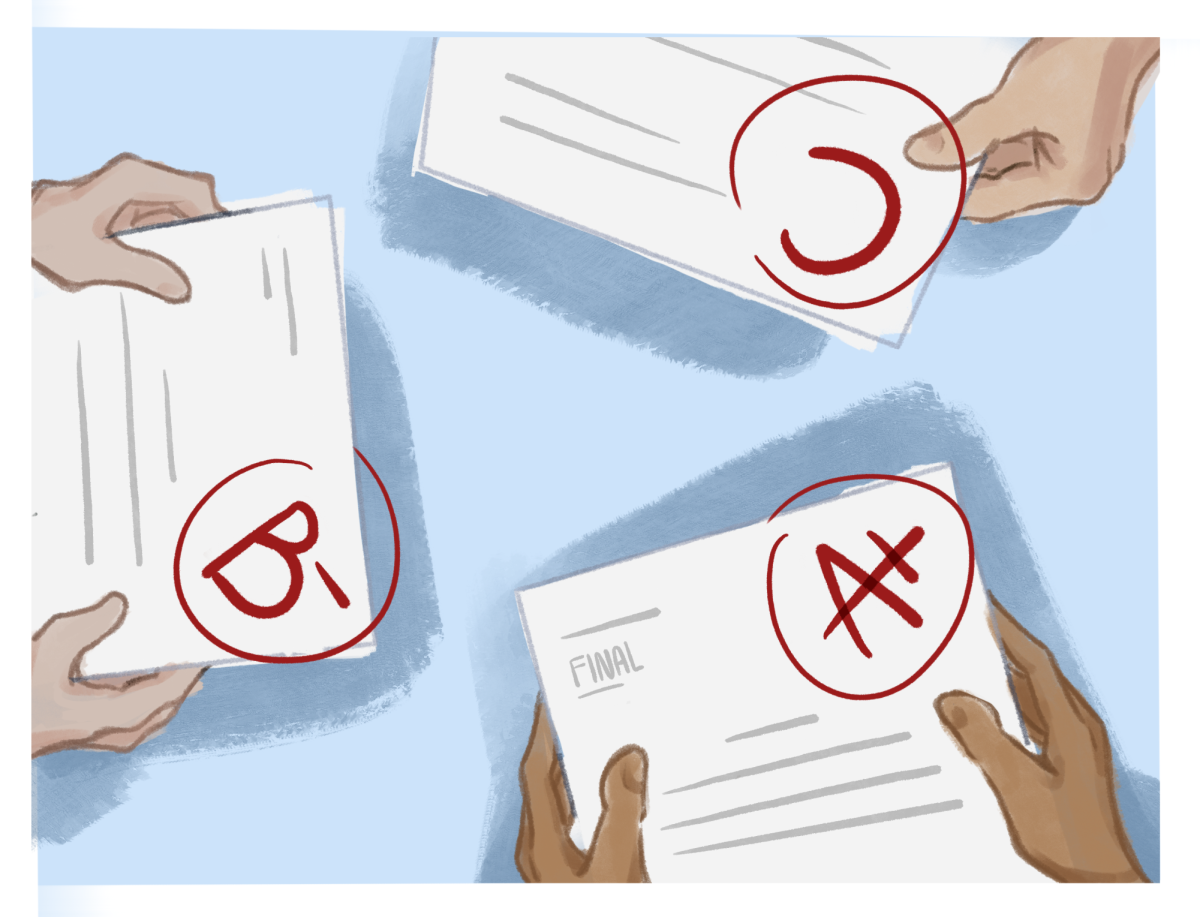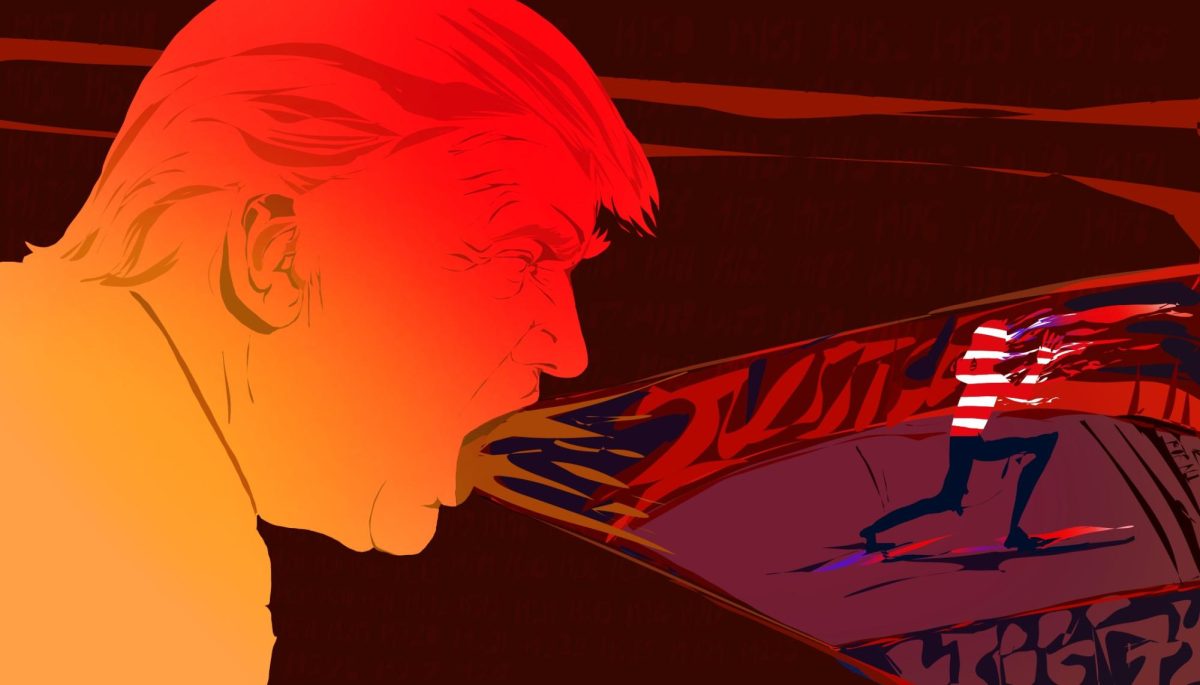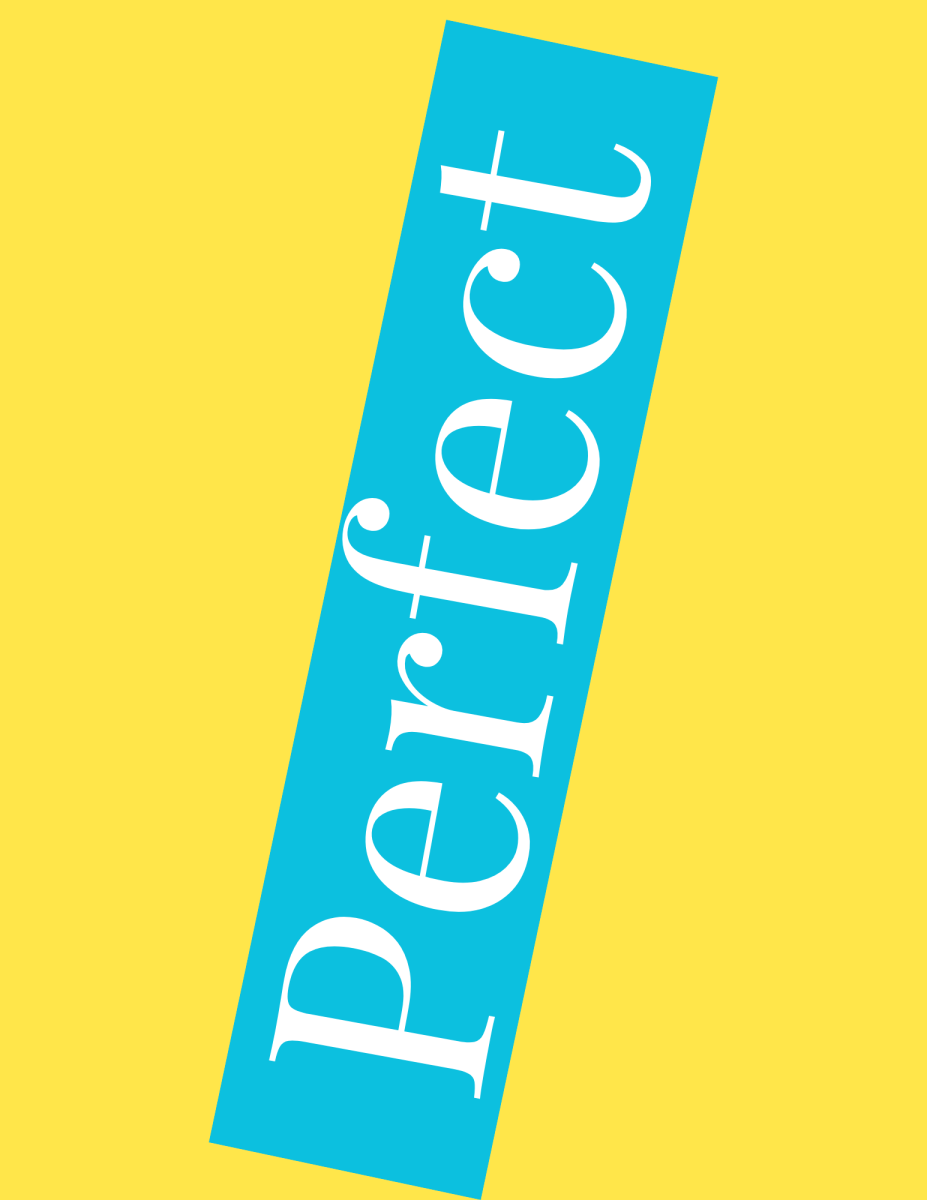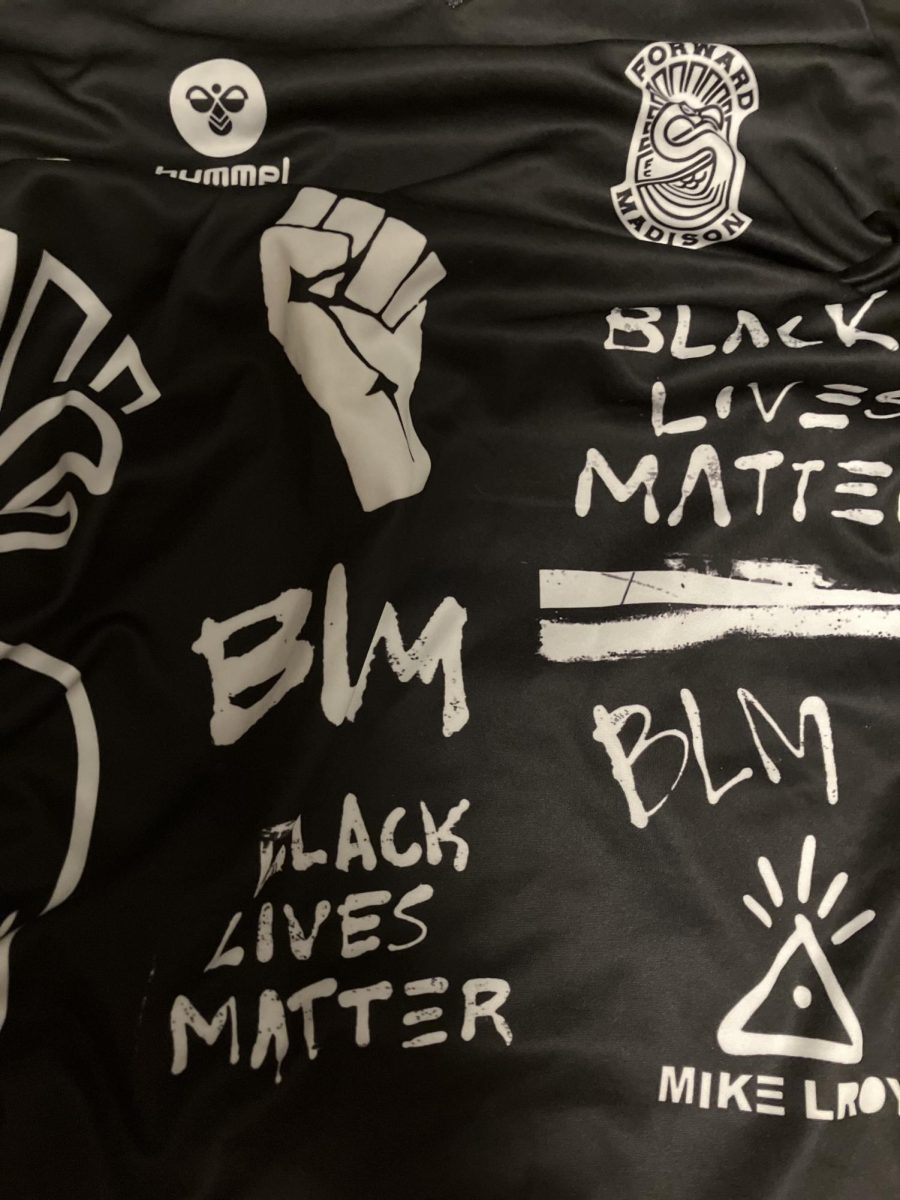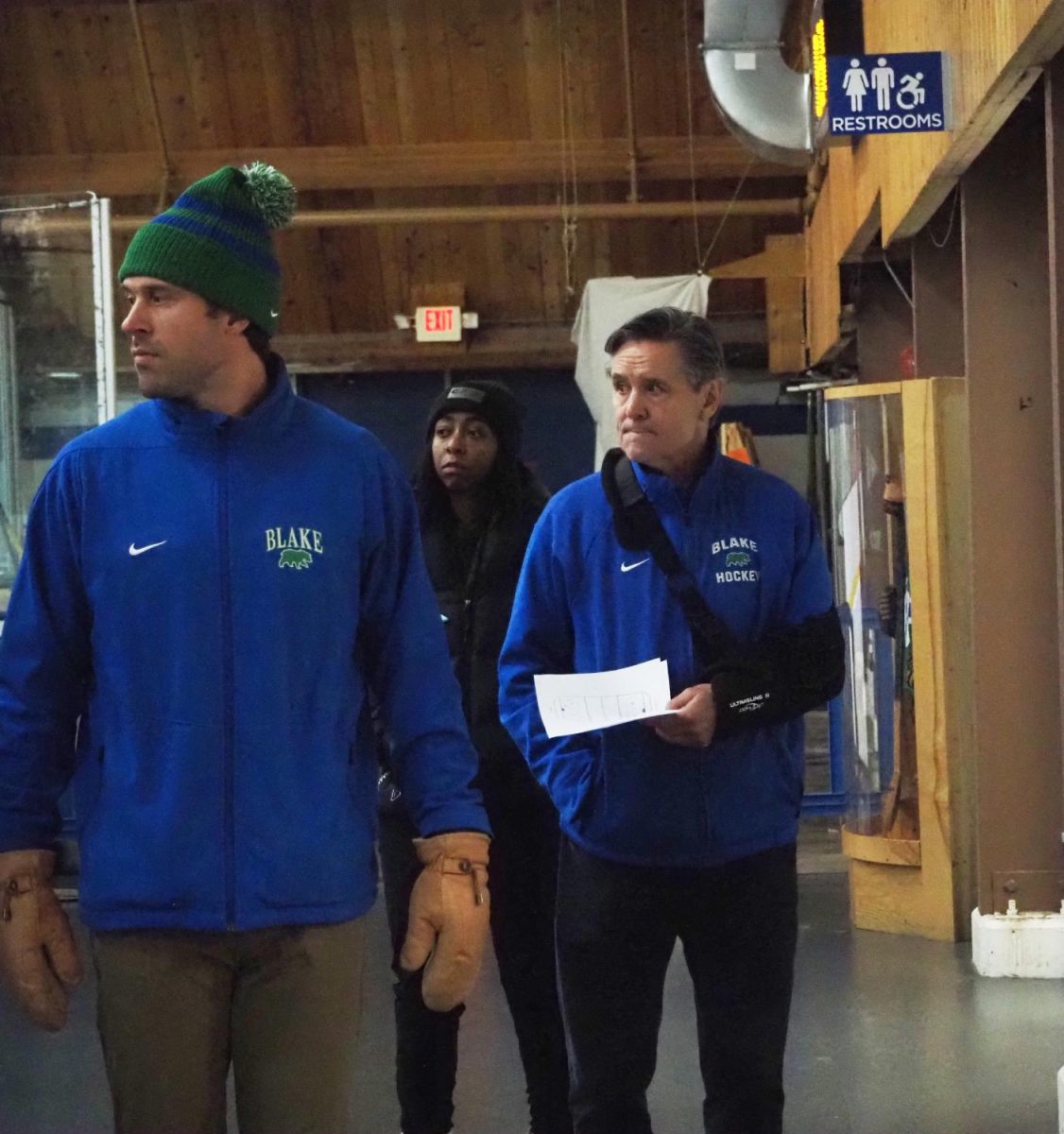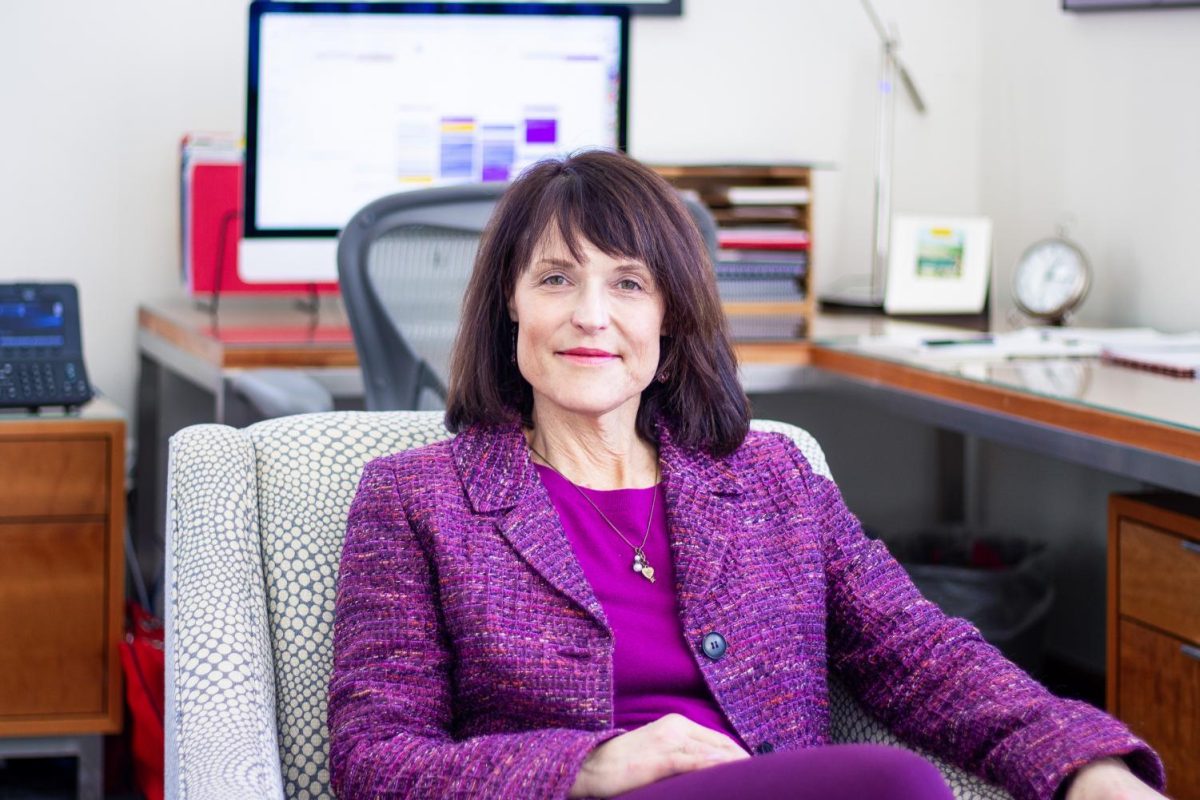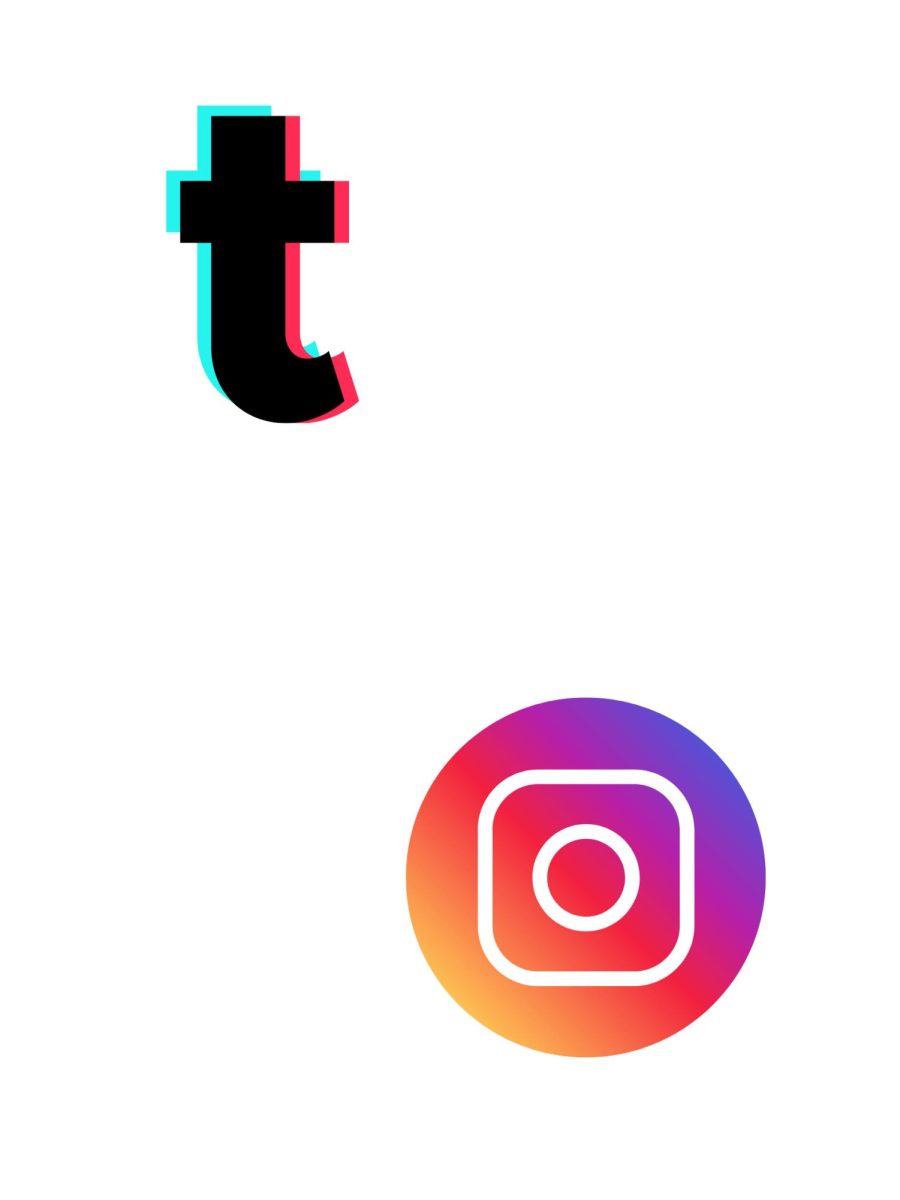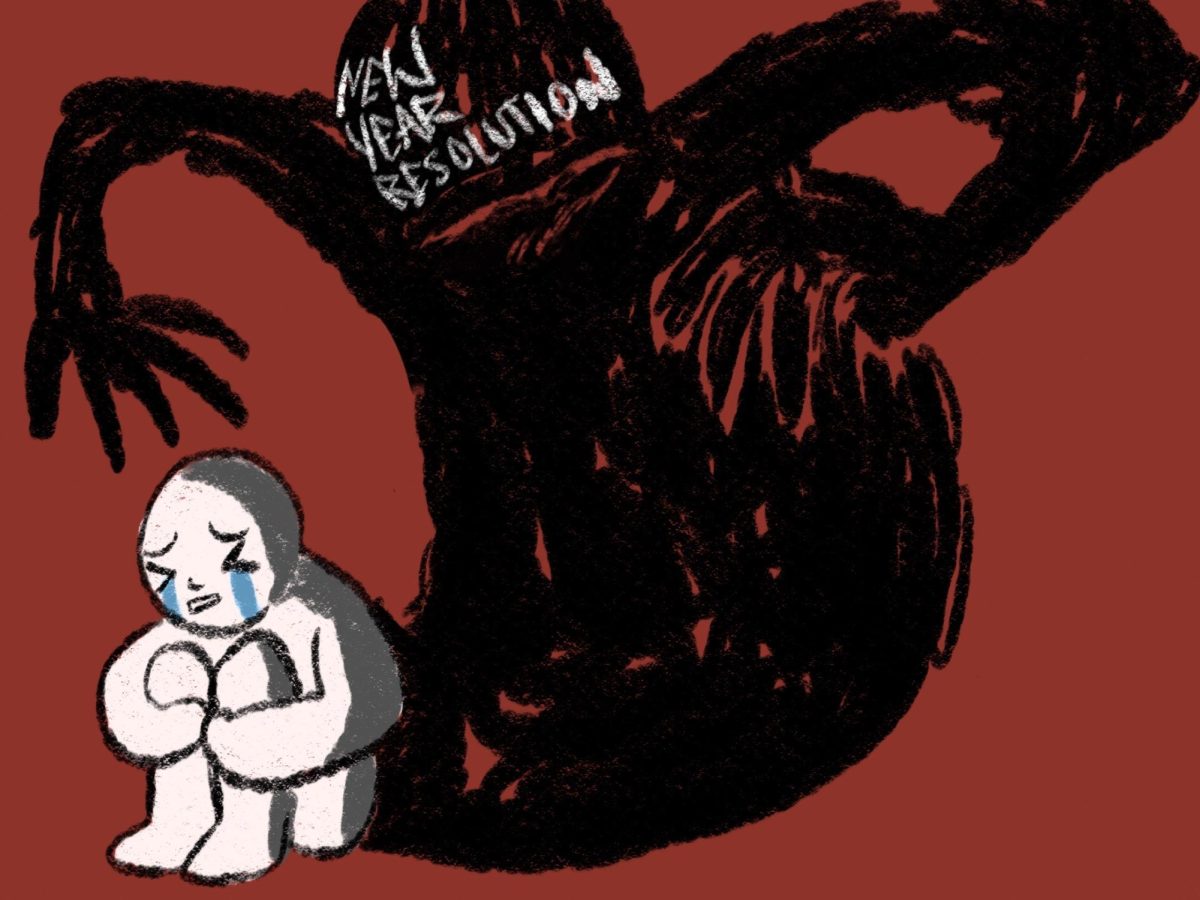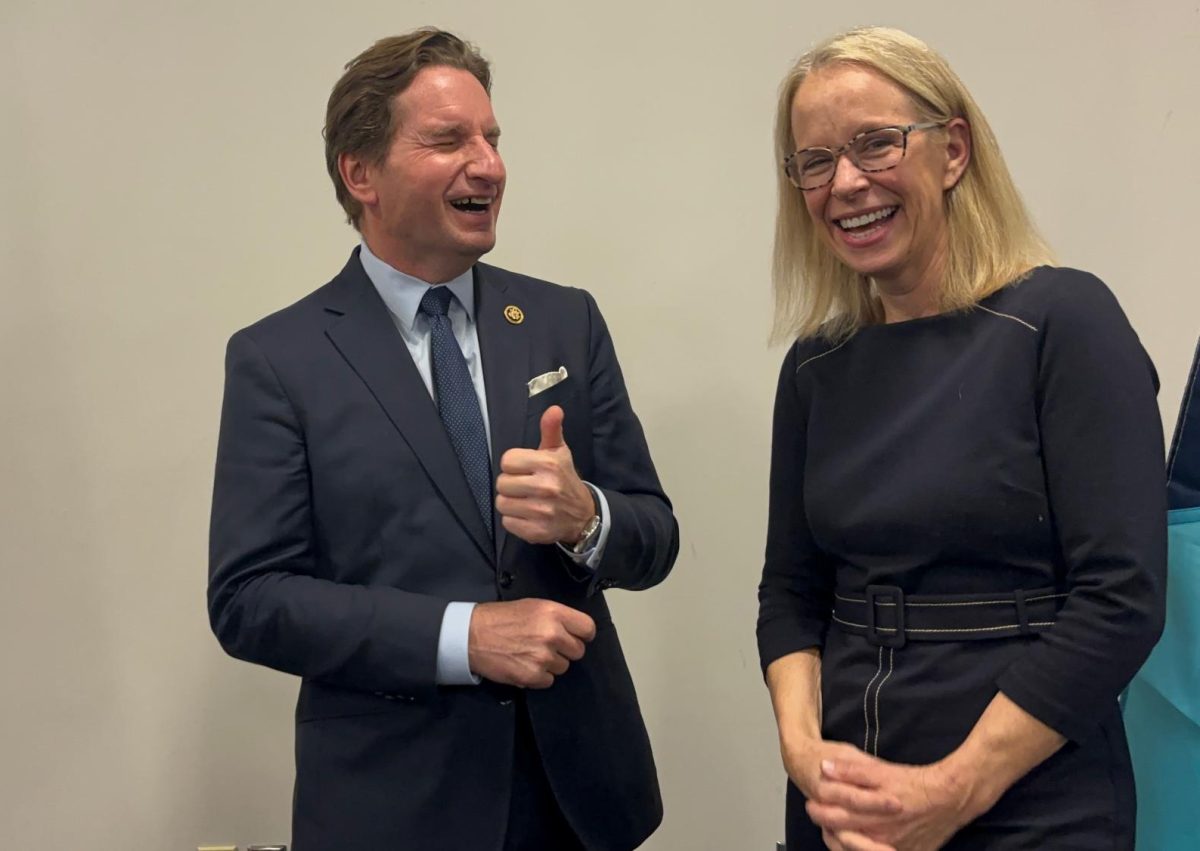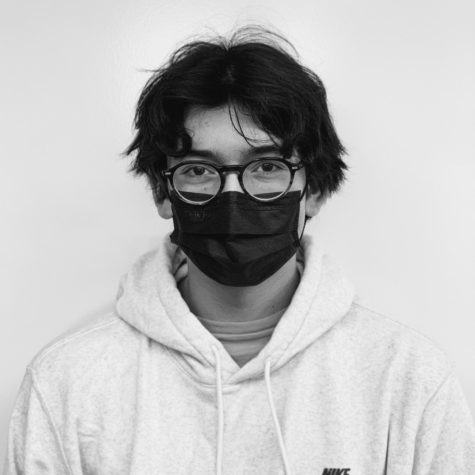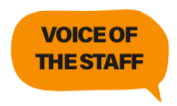
During Black History Month, we as Americans and as a Blake community continue our conversations regarding racial inequity and Black history. We are simultaneously reminded of the problems that face our country and the insufficient response that the school has had in discussing these topics.
At the beginning of this school year, Anne Stavney sent out an email, affirming their commitment to anti-racism and providing a list of “Blakes ongoing efforts in the areas of diversity, equity, and inclusion.” The list included administrators, academic department chairs, as well as the College Counseling and the Student Services departments participating in an Intercultural Development Inquiry. It also involved white-identified teachers engaging in building Anti-Racist White Educators inquiry series. Additionally, all employees participated in an annual day of professional development to explore intercultural competence through the lenses of our community partners, and much more. While this list is long and these activities will in theory help students, there is a distinct lack of student-focused efforts.
This absence of student-centered action reflects the idea that the response hasn’t been enough. Despite this absence, there has been some progress made by the school. One of the few student focused efforts, the Student Diversity Leadership Council (SDLC) has been organizing Equity Labs, which have been a step in the right direction but don’t seem to be doing enough. Equity Labs are not required for everyone and despite their infrequency, attendance reflects less than 25% of the student body according to SDLC. In order for these events to be effective, they need to be required.
In contrast, Breck held speakers and workshops for two days, canceling classes in the process. With the rise of performative activism, school provides a perfect opportunity to foster real progress from sustained, long term action.
One solution could be making these workshops mandatory and increasing their frequency. Also, building Black history into the curriculum, such as creating specific units like more study of the Great Migration or studying Black history local to Minneapolis when learning about American history. Certain classes like the Global Theories, Local Realities taught by Social Studies teacher Dion Crushshon ‘88, give students the opportunity to talk about current events of their choosing. Bringing speakers in like Rose McGee, who spoke at Breck, to talk about these issues with required attendance for students could provide a simple way of spreading the message.
Additionally, some of this burden falls on the students. These ideas of social justice aren’t new, and organizations like the Justice League have been present at Blake in the past yet don’t exist now. The student body has a responsibility to create new organizations and adapt old ones to fit the changing climate.


